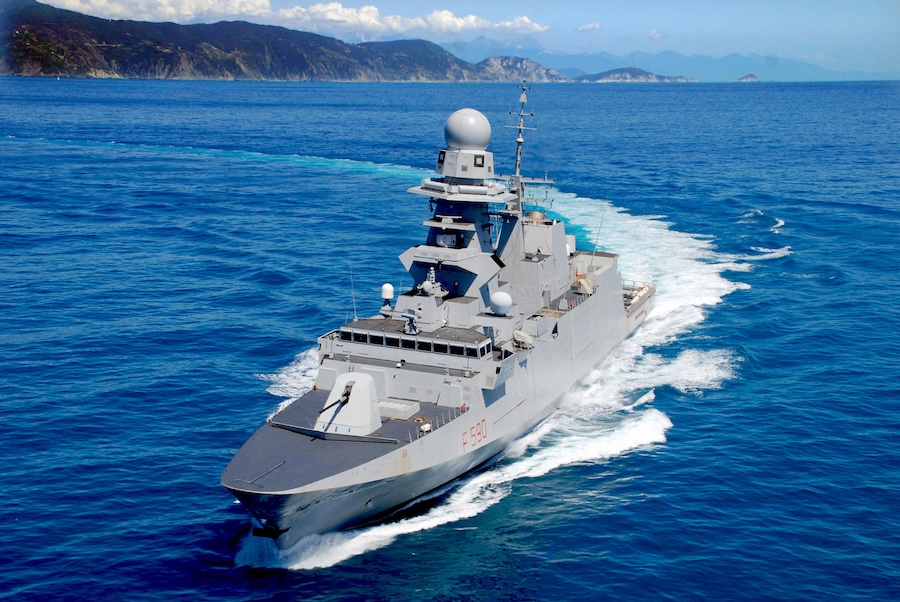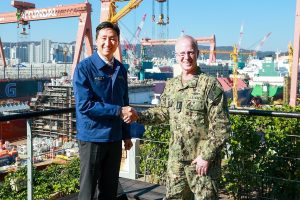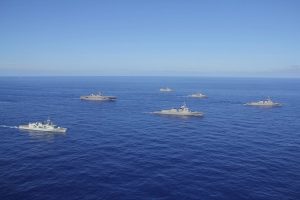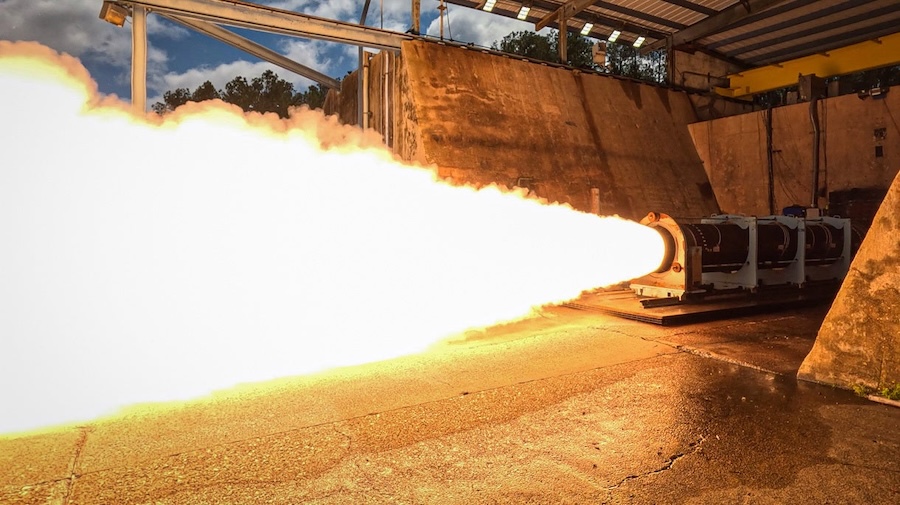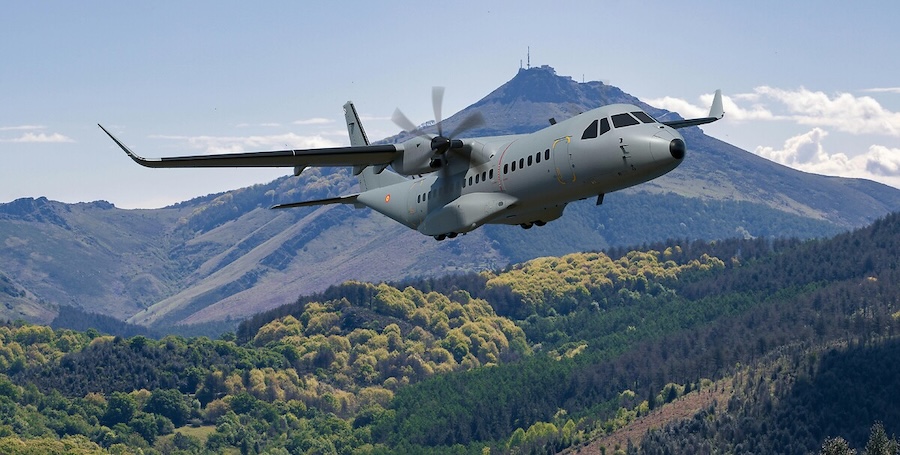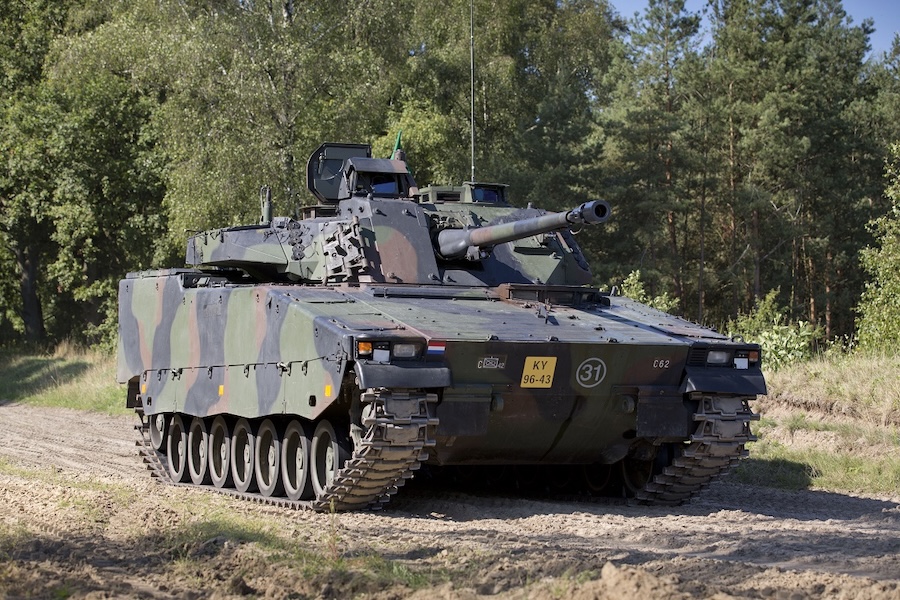Rising hybrid threats shaped the agenda as participants examined how best to protect vital undersea systems in the Mediterranean and further afield. Delegates highlighted the growing role of sensing and surveillance tools, including drone technology, in detecting risks to the region’s expanding network of seabed infrastructure.
Attendees also visited the Italian Navy Critical Undersea Infrastructure Surveillance Center in order to observe joint civilian military efforts in monitoring underwater activity. The visit demonstrated how rapid responses to suspicious movements near essential installations can be coordinated.
“A 360-degree approach to security is vital for the Alliance. The Mediterranean region could not be more critical,” said Ambassador Jean-Charles Ellermann-Kingombe, NATO’s Assistant Secretary General for Cyber and Digital Transformation and Special Coordinator for Hybrid Threats. Noting that threats and challenges are interconnected, he added, “We are here to deepen our exchanges, and to widen the scope of our cooperation across civilian, military, public and private sectors.”
NATO created the CUI Network in February 2024 to strengthen information sharing and coordination on infrastructure resilience. After disruptions to undersea systems in the Baltic Sea in December 2024, the Alliance launched Baltic Sentry to increase its military presence and reinforce Allied readiness to counter destabilising acts.
Source: NATO HQ.




